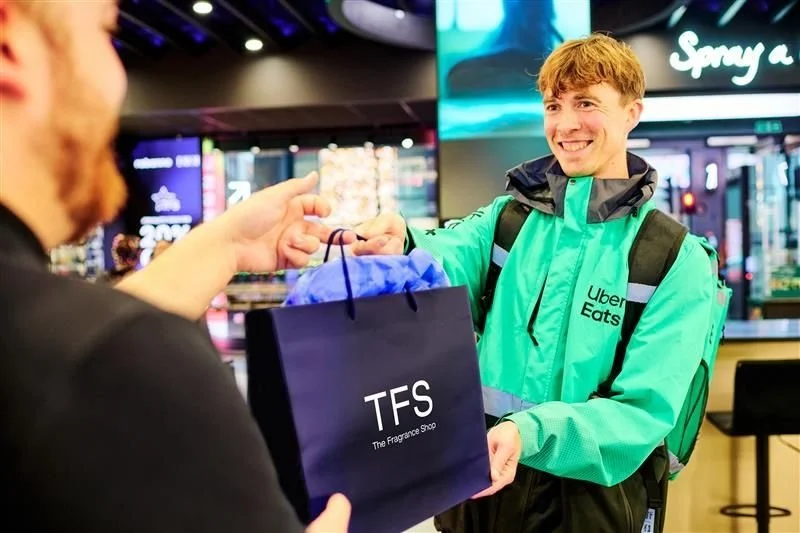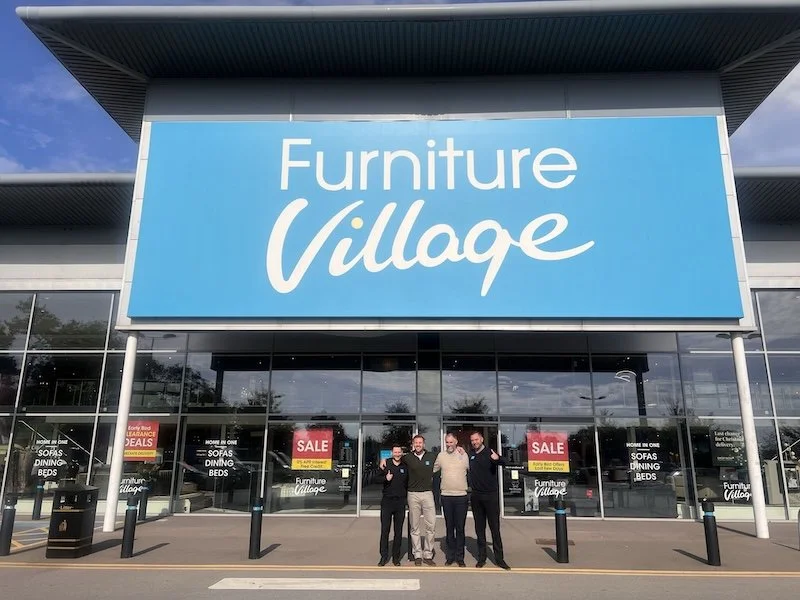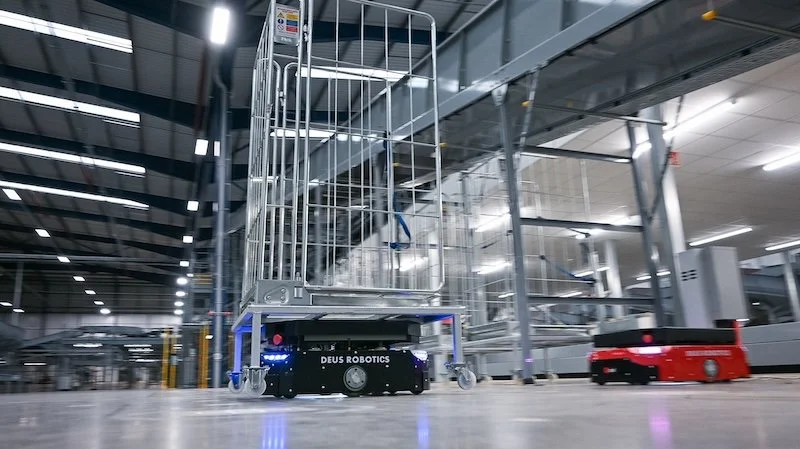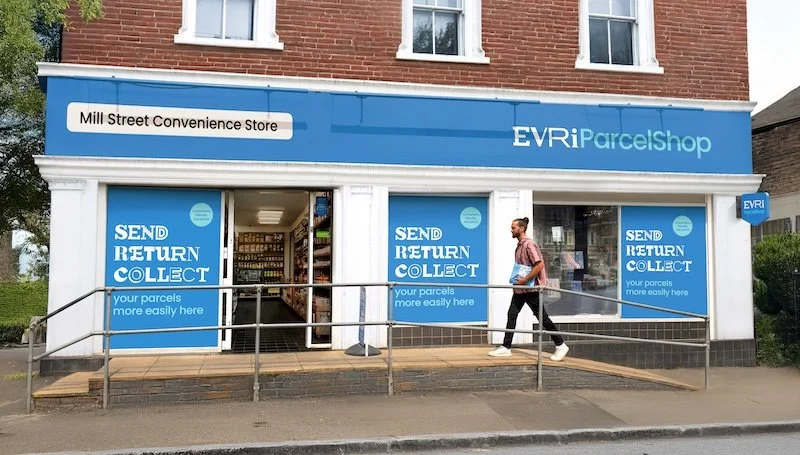Thoughtworks releases new whitepaper: loyalty that lasts - keeping customers coming back
The latest Thoughtworks’ whitepaper explores how retail leaders are reinventing loyalty and personalisation
Over the past couple of decades, personalisation has evolved from a novel experience for customers into a basic expectation. When we’re loyal to brands, we expect them to learn from our interactions and serve us tailored offers and recommendations. But we also demand that those recommendations and experiences never feel creepy, invasive or unwanted.
This presents a tricky challenge for retailers and travel companies. Some have ventured down the path of trying to make personalisation undetectable and ensure it’s always naturally woven into customer journeys in satisfying and positive ways. Others have opted to hand the reins over to customers themselves and give them complete control over how their experiences are personalised.
Thoughtworks recently held a roundtable with retail industry leaders to explore how top organisations are mastering customer loyalty and adopting emerging technologies to meet evolving consumer needs. The key takeaways from this discussion, combined with insights from Thoughtworks experts, are captured in their comprehensive new whitepaper.
The Shifting Sands of Loyalty
Traditional loyalty programmes, often based on points and discounts, are losing their edge. Why?
● Data Scrutiny: Customers are increasingly wary of how their data is used, understanding that loyalty programs incentivise data exchange for value.
● Basic Expectation: Being rewarded for loyalty is no longer a differentiator; it's a basic expectation for all customers. Brands need to offer unique and significant value. Modern customers don’t want to be elevated over other customers with similar preferences and habits - they want to connect with them. They seek belonging, community and emotional connection, as well as perks that give them access to new products and experiences.
● Evolving Values: Discounts and free gifts were once king in loyalty rewards, but today, a new generation of customers wants rewards aligned with their ethics and supporting ESG goals.
● The "Creepy" Line: Personalised experiences are appreciated, but there's a fine line between intuitive and intrusive experiences that feel "creepy".
● Beyond "Earn & Burn": "Earn & burn" schemes have diluted the true essence of loyalty. Retailers need more nuanced metrics, including qualitative feedback, sentiment analysis, and brand affinity, to understand the emotional dimensions of loyalty.
Five Opportunities for Lasting Loyalty
These challenges open doors to new strategies for boosting customer lifetime value:
1. Build Trust Through Transparency
Customers want personalised experiences – according to Google and BCG, when consumer experience is personalised, 40% of customers spend more than planned. However, they also demand privacy. The key is to be transparent about data usage and how it enhances their experience.
Ethical personalisation respects boundaries and offers choice. Thoughtworks' work with Marimekko, creating a personalisation engine that boosted homepage-to-funnel conversions by a double digit increase, shows how transparency can build trust and drive results.
2. Rise to Gen Z's Demands
Historically, retail and travel loyalty programmes have been largely transactional. They reward customers with discounts, offers, and even status, based on their levels of spend and engagement. That’s proven very popular and effective in the past, but Gen Z become are now major force in the market, and they want something different from brands.
Balancing instant rewards for rapid gratification with long-term incentives (like supporting net-zero emissions) and offering exclusive experiences can resonate deeply with this generation. However, it’s important that retailers and travel companies don’t just think about their customers in broad terms. They must focus on what Gen Z is really telling us: That every individual has unique drivers, preferences and motivations that influence their loyalty.
3. Put Customers in Control of Personalisation
Customers are individuals with varying preferences, motivations, and comfort levels when it comes to personalization. Some want full control over their data, while others are more flexible - as long as they receive clear value in return. The challenge for retailers is to address this range of expectations simultaneously.
Consumers are increasingly cautious about data collection, especially when it's not clearly tied to meaningful benefits. To maintain trust and loyalty, brands must embed control and transparency into the experience. This includes clearly communicating how data will be used, offering tangible value in exchange - like personalised discounts - and making consent an ongoing, accessible part of the journey.
Thoughtworks partnered with Coles to put these principles into action, enabling customers to manage their profiles directly within the app. The result: more than 30% opted in to tailor their experience.
4. Make Sustainability Embedded and Accessible
While many customers claim to value sustainability highly, people still overwhelmingly buy from unsustainable brands, often because sustainable options come at the cost of other forms of customer value. Loyalty programmes can bridge this gap by offering sustainability and ESG-based rewards alongside traditional ones, giving customers choice.
Connecting customer activity to real progress in your supply chain - for example, reinvesting a percentage of spend in sustainability initiatives or offering rewards for recycling - builds genuine trust. OTTO's loyalty programme, enhanced by Thoughtworks, incentivises sustainable purchases, rewarding customers both ethically and financially.
5. Augment Human Connection with AI, Don't Replace It
AI has immense potential in retail for timely suggestions and anticipating customer needs. However, public distrust due to "hallucinations" and poor outputs means AI must be implemented with taste, sensitivity, and robust quality controls. The goal is to use AI to augment human connections, creating highly individualised experiences without requiring human intervention at every step.
Effective AI guardrails, like content moderation and bias free datasets, ensure ethical operation. When AI and humans work together to anticipate and understand customer needs, it feels like real people are helping, fostering a radically different sentiment than constant AI observation.
Thoughtworks helped Etsy scale its infrastructure by moving to Google Cloud, leading to a 208% increase in buyers and more than $11 million in incremental value creation, while keeping authentic human connections at the heart of commerce.
The Tech Foundation
Underpinning all these opportunities is technology. Delivering personalised experiences requires control over customer data, robust governance practices, and the right data strategy and engineering foundation. Omnichannel orchestration demands tight synchronisation across PoS systems, mobile apps, and e-commerce platforms.
And neural networks can analyse vast amounts of data to power personalisation by analysing transaction histories, social sentiment, geolocation tags, and device level data. To seize these opportunities, retailers must evolve their technology strategy and ensure they have the right capabilities in place to drive loyalty and customer lifetime value. By focusing on these key areas, retail leaders can build loyalty that lasts, keeping customers coming back for more.
Read the whitepaper “Loyalty that Lasts: How Retail Leaders Keep Customers Coming Back” to uncover key insights, gain fresh inspiration, and start applying proven strategies today.
































Continue reading…